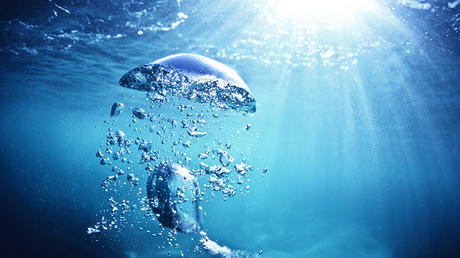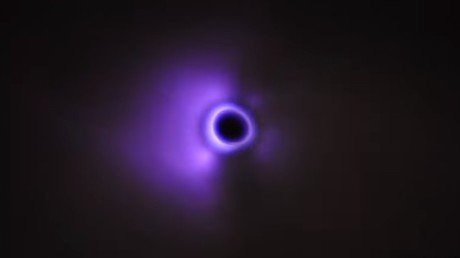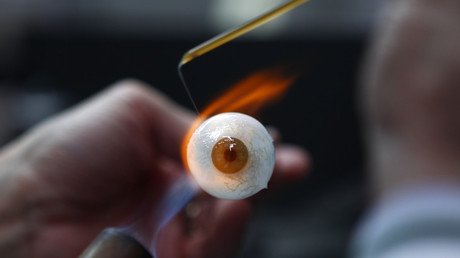100k times narrower than paper: Indian scientists say they created ‘world’s thinnest material’

Indian scientists say they’ve managed to create the world’s thinnest material, measuring 100,000 times narrower than a sheet of paper. It could be used for next-generation batteries and coatings which absorb ultraviolet rays.
The new material measures just one nanometer in thickness. To put its size into perspective, a human hair is about 80,000 nanometers wide, while the approximate diameter of human DNA is 2.5 nanometers.
It was created by researchers at the Indian Institute of Technology Gandhinagar, using Magnesium diboride, a compound of boron, The Hindu BusinessLine reported.
“We prepared boron-rich nanosheets by an extremely simple method, which merely involves dissolving a boride compound in water and letting it recrystallize for just the right duration of time,” Dr. Kabeer Jasuja of the university's Department of Chemical Engineering told India Science Wire.
“Other methods for preparing similar nanomaterial require a deposition from the vapor phase onto a substrate, which is quite expensive and limits the applications.” This is said to be a landmark finding for scientists studying Magnesium diboride, a material primarily known for its superconductive properties. The discovery has been announced in the scientific journal ChemPhysChem.
“The method yields an aqueous colloid of these nanosheets, which means that a drop of water from this colloid would contain thousands of ultrathin nanosheets swimming like micro-carpets,” said Jasuja. The ability of boron-based nanostructures to absorb UV radiation means the new material could be used to develop transparent UV absorbing films, or for engineering hydrogen storage materials.
“The rich chemistry of boron is expected to make these nanosheets useful for not only storing energy but also for generating energy in a green way. We are now working towards utilizing these nanosheets for developing the next generation batteries and nanocatalysts,” Jasuja said.
Boron has long been an interest of researchers due to its low density and high mechanical strength while maintaining a lightweight, a high thermal resistance and a high melting point, as well as its ability to absorb neutrons and its high resistance to chemical attacks. The study of extremely thin materials has been a hot topic for scientists since the discovery of graphene, a single layer of carbon arranged in a honeycomb, which won the Nobel physics prize in 2010.
If you like this story, share it with a friend!















